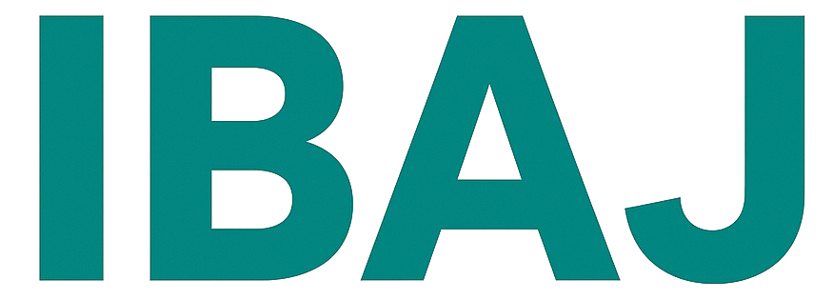Review Process.
Review Process
International Business Administration Journal
The International Business Administration Journal follows a transparent and rigorous peer-review workflow consistent with international publishing standards and the expectations associated with journals registered with an ISSN. The process ensures academic integrity, research quality, and ethical publication practices.
1. Manuscript Submission
Authors must submit manuscripts through the journal’s official online submission system. Each submission must include:
- Full manuscript in the required format
- Abstract, keywords, and author details
- Declaration of originality and copyright statement
- Ethical compliance statements (if applicable)
2. Initial Editorial Screening
Upon submission, the Editorial Office conducts a preliminary assessment to ensure:
- The manuscript fits the journal’s aims and scope
- Compliance with formatting guidelines
- Absence of plagiarism (checked using similarity-checking software)
- Completeness of required documents
Manuscripts that fail to meet basic requirements may be returned to authors for revision or rejected without review.
3. Assignment to an Editor
A qualified Subject Editor (or Associate Editor) is assigned based on the topic area. The editor evaluates:
- Relevance
- Originality
- Academic quality
- Ethical considerations
If deemed suitable, the manuscript proceeds to peer review.
4. Double-Blind Peer Review
The journal uses a double-blind peer review system, where neither authors nor reviewers know each other’s identities.
Reviewer Selection
- Reviewers are selected based on expertise, publication record, and impartiality.
- At least two independent reviewers evaluate each manuscript.
- A third reviewer may be invited in case of conflicting evaluations.
Reviewer Evaluation Criteria
- Contribution to the field of business administration
- Literature grounding and theoretical basis
- Methodological rigor
- Data quality and analysis
- Clarity, structure, and originality
- Ethical compliance, including conflict-of-interest issues
Reviewers provide detailed comments and recommendations: Accept, Minor Revision, Major Revision, or Reject.
5. Editorial Decision
The Subject Editor reviews the peer-review reports and makes a decision in one of the following categories:
- Accept
- Minor Revision
- Major Revision
- Revise and Resubmit for New Review
- Reject
The decision is communicated to the authors along with anonymized reviewer comments.
6. Revision Stage
Authors must:
- Submit a revised manuscript
- Provide a point-by-point response to reviewers
- Highlight all changes made
Revisions may be re-evaluated by the original reviewers if necessary.
7. Final Acceptance
Once revisions meet scientific and editorial requirements, the Editor-in-Chief gives final approval for publication. Acceptance is based on:
- Quality improvement
- Compliance with recommendations
- Ethical adherence
- Contribution to scholarly literature
8. Copyediting and Proofreading
Accepted manuscripts undergo:
- Language editing
- Technical formatting
- Reference and citation corrections
- Layout preparation
Authors review the proofs before publication to ensure accuracy.
9. Online First Publication
Finalized articles may be published online ahead of the issue release (“Online First”), ensuring timely dissemination.
10. Issue Compilation and Publication
Articles are assigned to an issue and published according to the journal’s publication schedule. Each issue includes:
- ISSN details
- Volume/issue number
- DOI assignment (if applicable)
- Publication date
11. Post-Publication Ethics
The journal adheres to COPE (Committee on Publication Ethics) standards for:
- Corrections
- Retractions
- Editorial notices
- Handling misconduct or ethical violations
